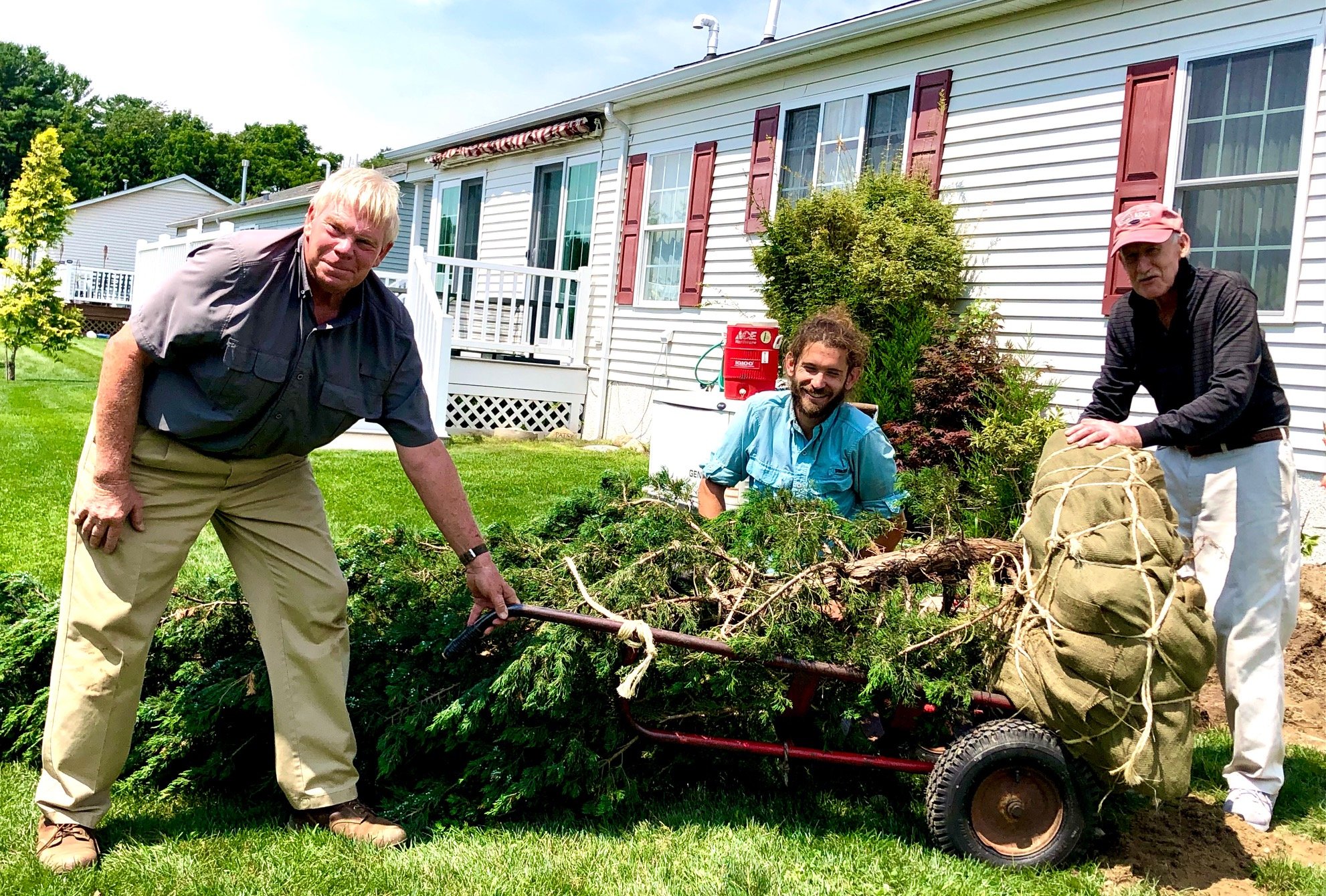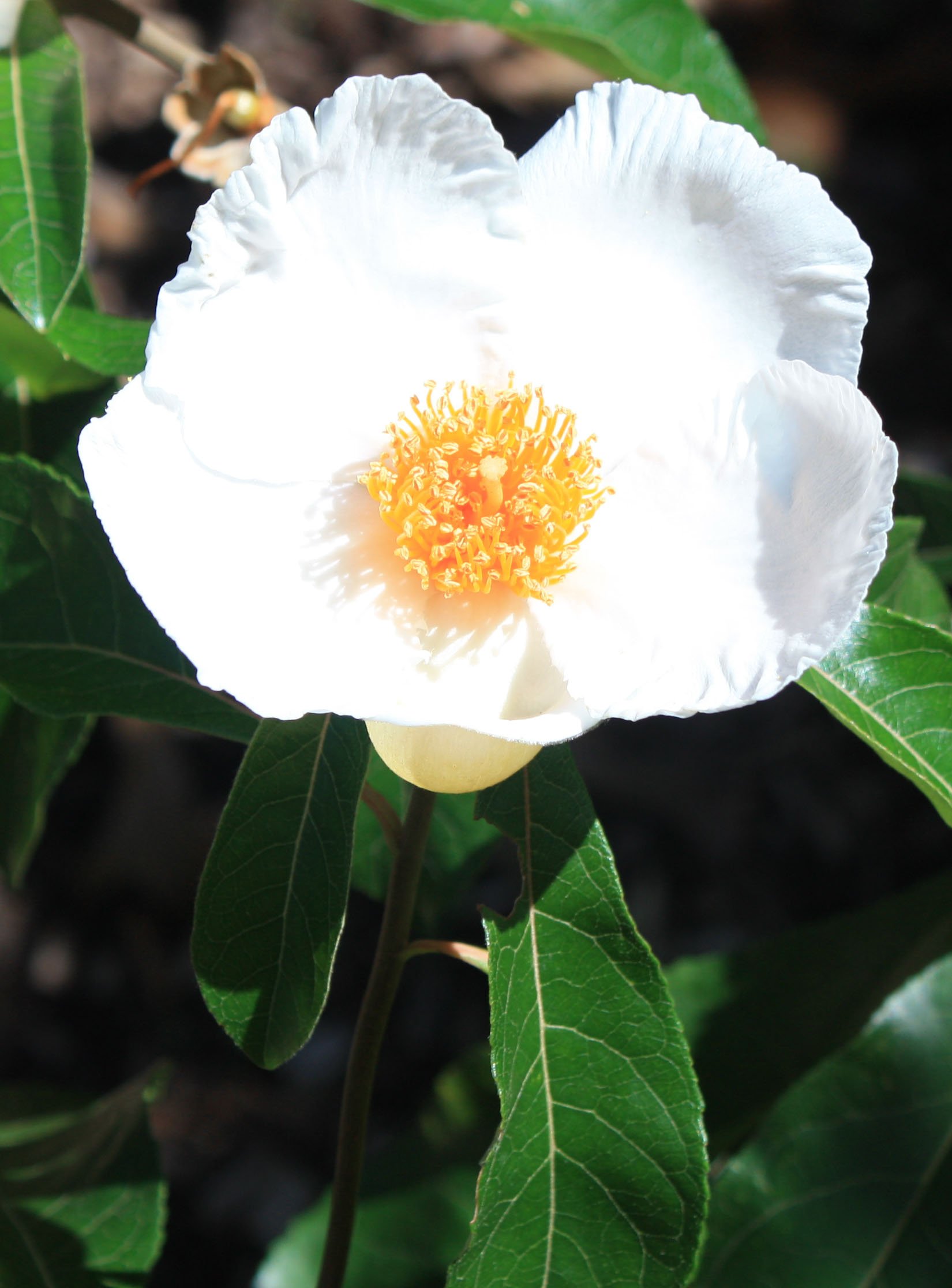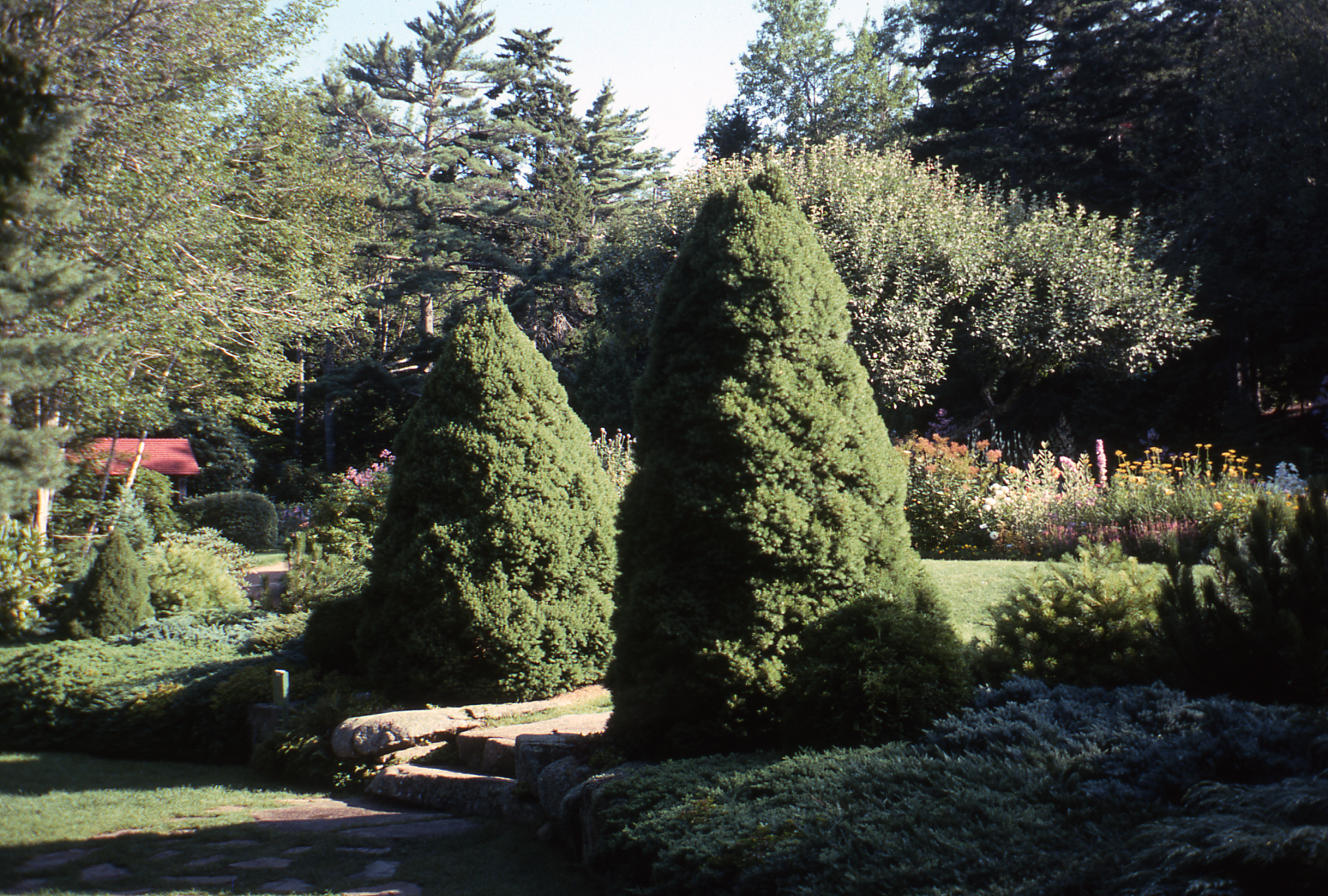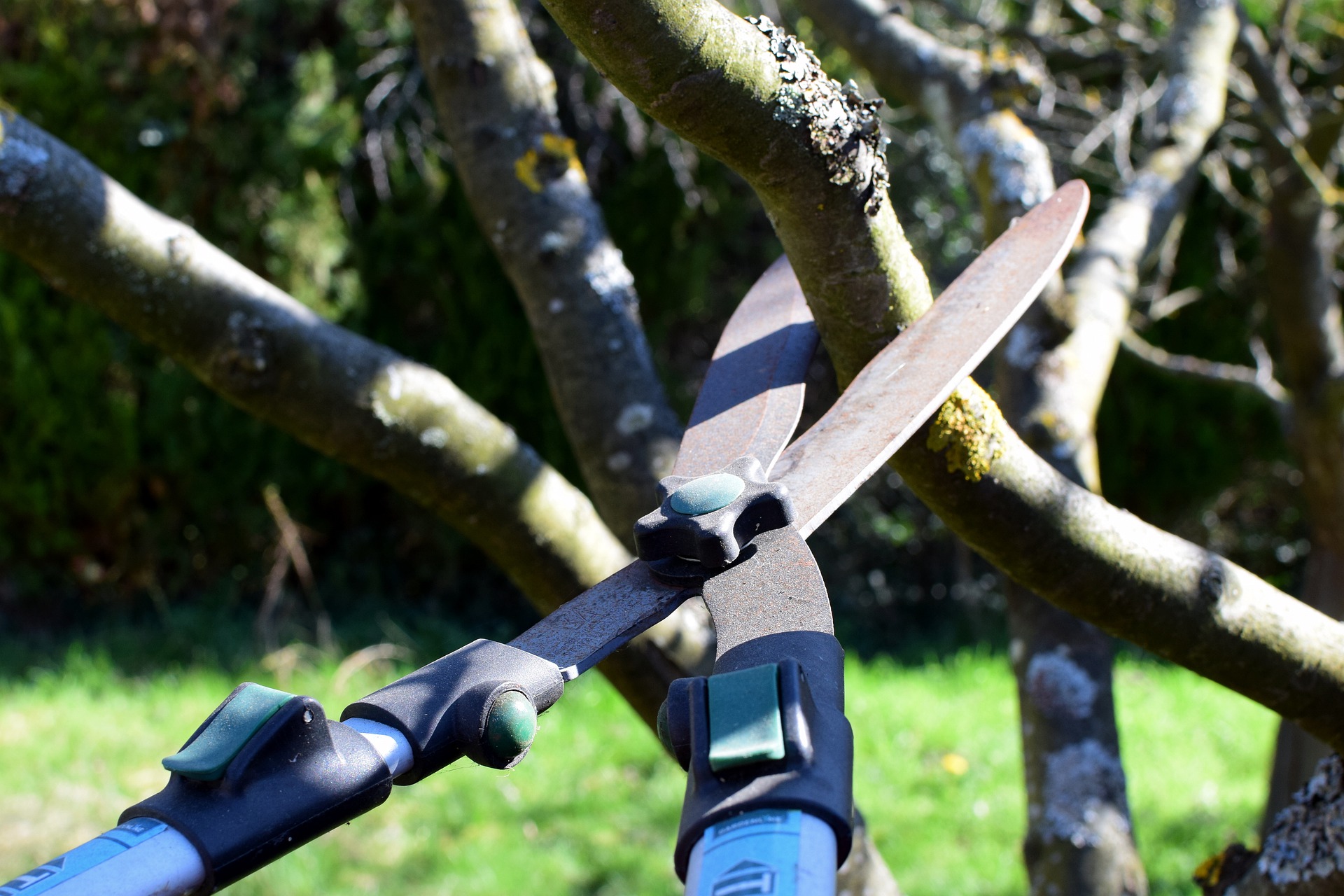
To “preserve” prompts a variety of definitions, situations and stories. It is the act of saving, maintaining or to make lasting, and can apply to tangible objects as well as physical practices. Over my years as a horticulturist I have passionately preserved the arcane skill of hand digging trees and continue to teach others this ability. The horticultural craft of digging and fashioning organic shaped root balls, sheathing them in burlap and drum-lacing them in a geometric pattern of sisal rope, was taught to me over forty years ago by a venerable Connecticut nurseryman, Ludwig Hoffman.
Being a horticultural artisan and hands-on garden designer, toiling in the raw elements of the environment and landscape inspires me to embrace the joy of work and also brings to mind the 19th century philosopher and critic John Ruskin. Ruskin railed against the debasement industrialization wrought on artisanship. The Arts and Crafts movement arose as an opposing tenet to mass-mechanization. It also is associated with a garden style that is identified with the works and writings of Gertrude Jekyll and William Robinson. This naturalistic trend still expresses an influence on the design and planting of contemporary gardens.

Franklinia alatamaha
The art of hand-digging and transplanting trees goes hand in hand with another unique legacy of gardening: finding plants and preserving them through horticulture. John Bartram’s discovery of Franklinia alatamaha is a stellar example. Franklinia alatamaha grows as a single-trunk tree with a rounded crown or as a multi-stemmed large shrub and is hardy in Zone 5. It blooms in early September with Camellia-like, cup-shaped, white flowers with a boss of egg-yolk yellow stamens. The glossy dark green leaves turn shades of orange and red often accompany the fall flowers.

Picea glauca 'Conica'
The dwarf Alberta spruce (Picea glauca ‘Conica’) is perhaps the most ubiquitous dwarf conifer found in gardens. Arnold Arboretum’s Alfred Rehder and J.G. Jack found the original plant in 1904, growing in the wild in the mountains above Lake Laggan, Alberta, Canada. They were botanizing while waiting for a train.
The story of discovering unique forms of plants is not limited to history books. Many years ago a striking fastigiated form Eastern red cedar, Juniperus virginiana caught the keen eye of Horticulturist Mike Connor. It is still growing along Rt. 104 in Bridgewater, Massachusetts.
As Superintendent of Horticulture for the City of Boston’s Parks Department in the 1970's Mike Connor’s horticultural career was instrumental in preserving Boston’s Public Garden, the first public botanical garden in America. Its plants and statuary evoke its Victorian heritage. Mike and his staff meticulously grew standard forms of Lantana, Heliotrope and Fuchsia in glass greenhouses. This green and flowering oasis was in the heart of the city and a Boston icon. Mike instituted a key public survey whose instructive results sparked the genesis for forming the Friends of the Public Garden, one of the oldest parks advocacy groups in the nation.
About fifteen years ago, well after retirement, Mike mounted a step ladder on the bed of his pickup truck to obtain cuttings of that fastigiated Junipier virginiana. He successfully rooted several cuttings. Red cedar is dioecious, and this tree is a female, sporting beautiful blue berry-like cones. Juniperus virginiana ‘Taylor’ is a columnar form introduced by the Nebraska Statewide Arboretum, however it is a male clone and lacks the beauty of the blue cones.
Nursery spades in hand, my horticultural crew and I recently dug one of Mike’s fourteen foot tall trees. We prepared a three foot diameter root ball and transplanted it to a garden at Tranquil Lake Nursery in Rehoboth. We will propagate this beautiful narrow form of red cedar so future gardeners can add Juniperus virginiana ‘Mike Connor’ to grace their landscape.
Warren Leach is a Horticulturist, Garden Designer, Nurseryman, Teacher and Lecturer with his wife, Horticulturist Debi Hogan they operate Tranquil Lake Nursery in Rehoboth, MA. The nursery contains and preserves the largest collection of Hemerocallis in the Northeast. Tranquil Lake Nursery has permanently preserved its twenty acres of land through APR.
This article was originally published in Leaflet (September 2021), a Massachusetts Horticultural Society members newsletter.




